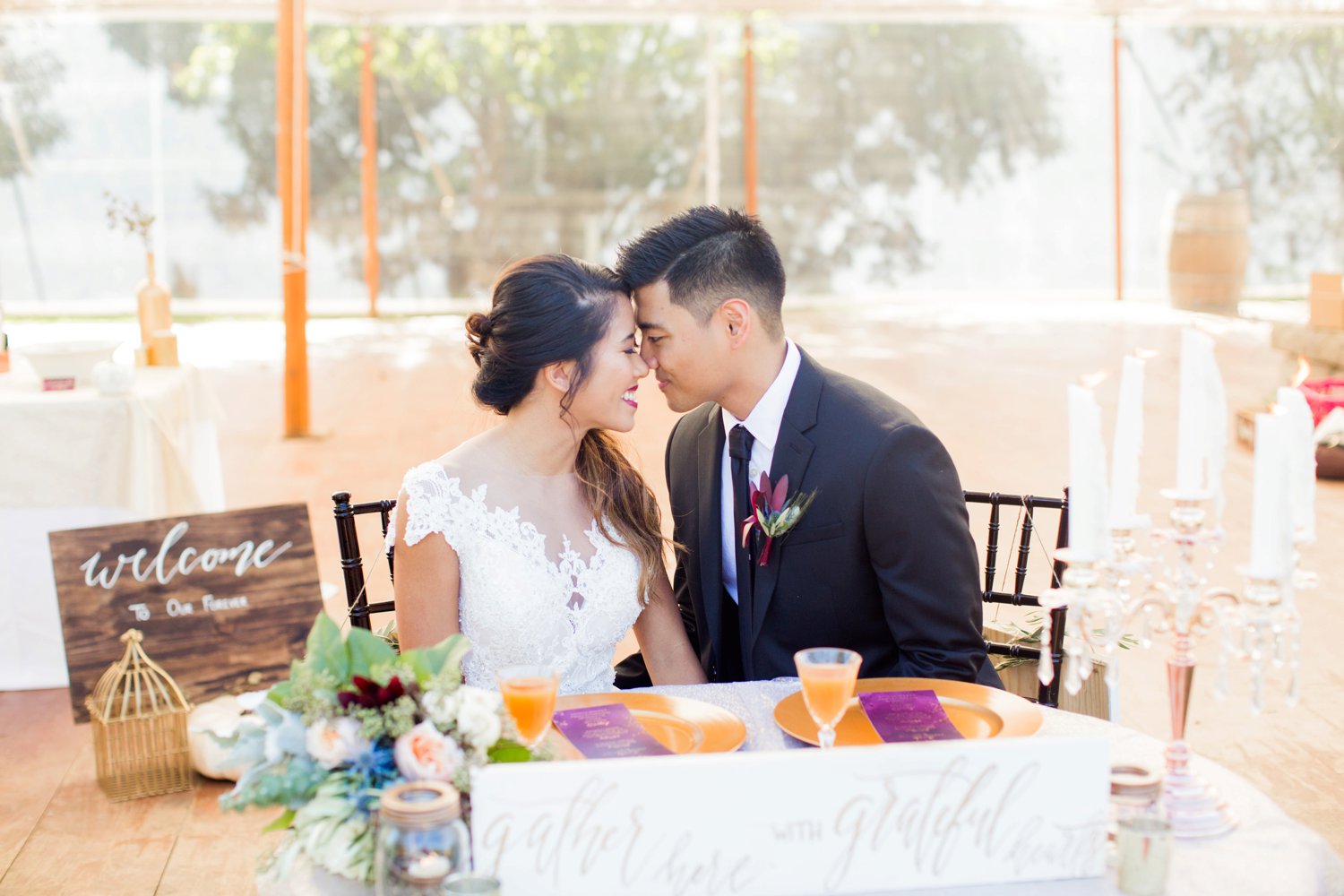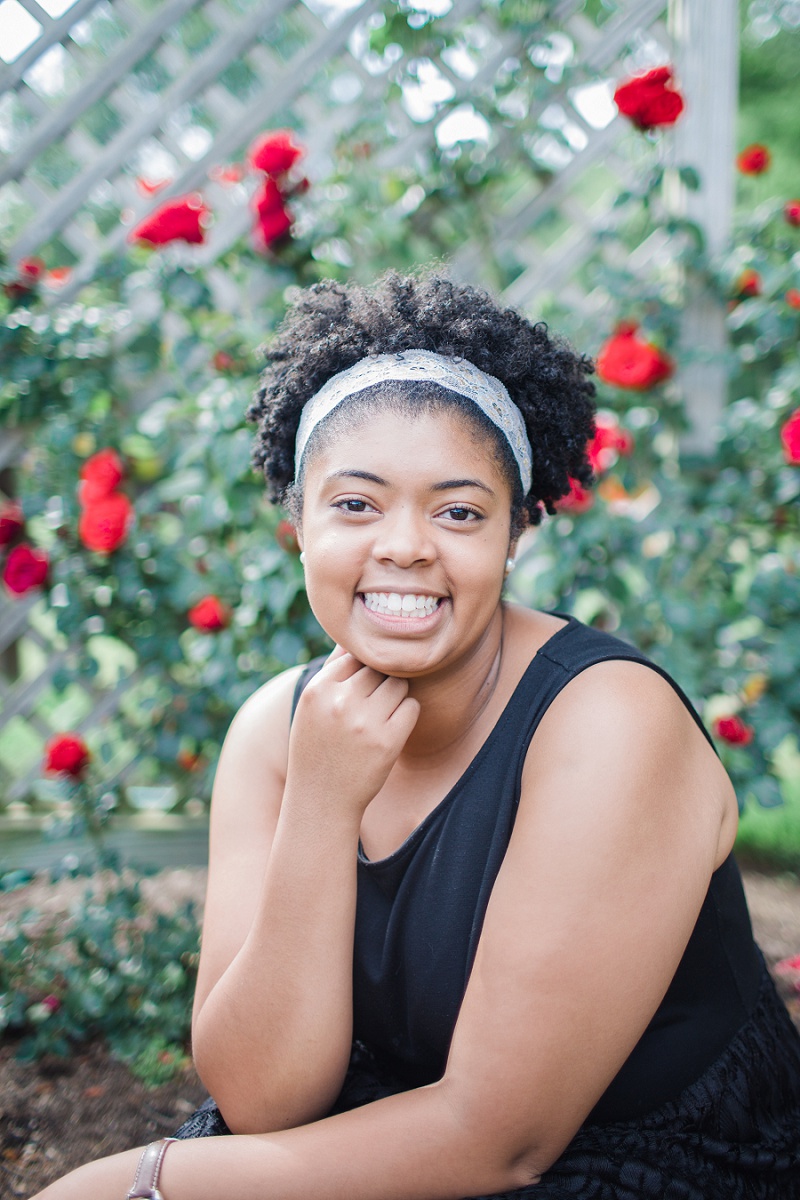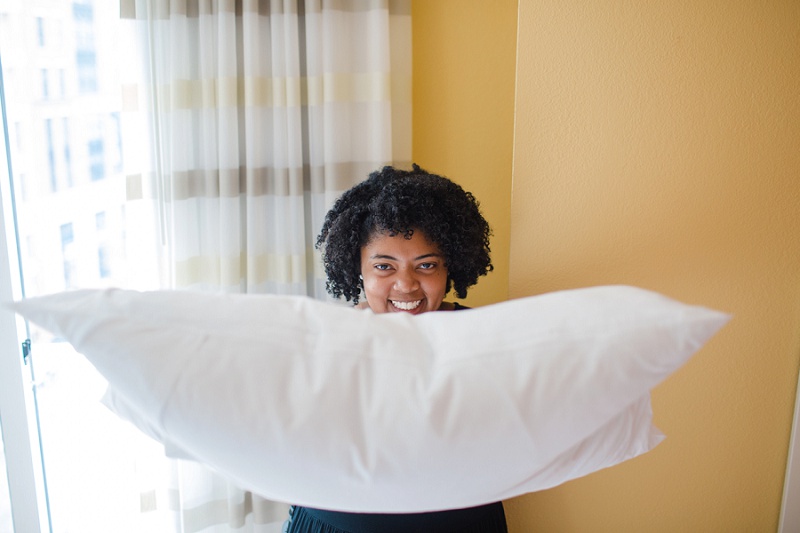
5 Tips for Second Shooters | For Photographers | Virginia Wedding + Portrait Photographer
 Taken while second shooting for Rebecca Wilcher Photography
Taken while second shooting for Rebecca Wilcher Photography
I’ve spent the past few summers second shooting over a dozen weddings. The wonderful ladies who have allowed me to come along with them on wedding days have been blessings to my business. Thanks to them, I’m now able to walk into a wedding day with confidence and prior experience. I also have a few funny stories to tell (wait until you hear about the car being locked in the parking garage). Second shooting is a great way to learn the industry with a little less pressure on your shoulders than being the lead photographer. Having been both a lead and a second, I’ve learned some things about how second shooters can be a huge help throughout the day.
1. Don’t forget that your job is to get a different perspective.
Make sure you try to get different angles and details that the lead photographer may not be able to focus on. If you’re shooting directly over the lead’s shoulder, chances are, you won’t be giving them images that they can actually use for the final gallery. For parts of the day that really rely on the main photographer – such as details, bridal party, or bride and groom portraits – I try to grab just a few shots for my portfolio (or good candid shots between poses) and then focus on some of the other moments happening around me. This may differ for each photographer, so when in doubt, simply ask the lead where they would like you to be.
2. When you’re not focused on shooting, be an assistant.
A second shooter and an assistant may not have the same job on a wedding day, but a little help goes a long way. Assistants are usually there to carry bags, keep things on schedule, and do other tasks that tend to involve minimal shooting time. Even though my main job is to be a second shooter, I like to help the lead shooter when I can. Whether it’s grabbing water, checking the schedule, carrying an extra bag, or fixing the bride’s dress during portrait time. You’ll make everyone’s life a little easier during such a busy day.
***Family formals are a second shooter’s time to shine. Put your camera down and focus on gathering family members and setting up shots because you can help make this part of the day go quickly and smoothly.
3. Make sure you understand agreements ahead of time.
Although second shooter etiquette has become pretty well-known in the industry, you should ensure that you and the lead shooter are on the same page about payments, how images will be used, and proper protocol for wedding days (attire, interaction, etc.). If this is your first time second shooting for someone, don’t be afraid to ask questions. Personally, I like to sign contracts just so that everything is in writing and I know we have a solid agreement. Know when and where you’re allowed to share the images, and always mention that you were second shooting. The main photographer deserves that credit, and your future clients can see that you’re gaining experience.
4. Get feedback and make changes.
I love when the lead shooter gives me feedback about my images from a wedding day. Everyone has their own shooting and editing style, but learning about how to make your images better will help you in the long run. This tip comes in handy if you’re going to be shooting for the same photographer multiple times; learn more about what type of images they’re expecting from you throughout the day. Ask for suggestions and think of ways to work on these things at your next wedding or event.
5. Have fun and never stop learning.
Whether you’re second shooting for the first or 12th time, never stop learning new things that you can apply to your own business. Throughout the day, I watch how the lead handles different situation concerning lighting, posing, placement, and guest interaction. This helps me have a reference when I’m in the lead position, and I have better knowledge of where to place my second shooters for different shots that I want throughout a wedding day. Second shooting is an important job, but you have a little more room to make mistakes and learn from them.



As you can see, a second shooter also doubles as the light test subject, reflector holder, and model for impromptu shoots when we have time to kill. All photos were taken by Becky, a sweet friend that I’ve been second shooting for this summer.
I hope some of these tips help you at your next wedding. Do you all have any tips for second shooters?
-Taneshia, Christian Entrepreneur Org.
She was so easy and calming to work with, as it was my first branding session. She led me throughout the way and the images are perfect! “
"I am certain that because Jontell got to know me and my brand up front, it allowed her to capture exactly what I wanted.
Previous Blog Post
Next Blog Post